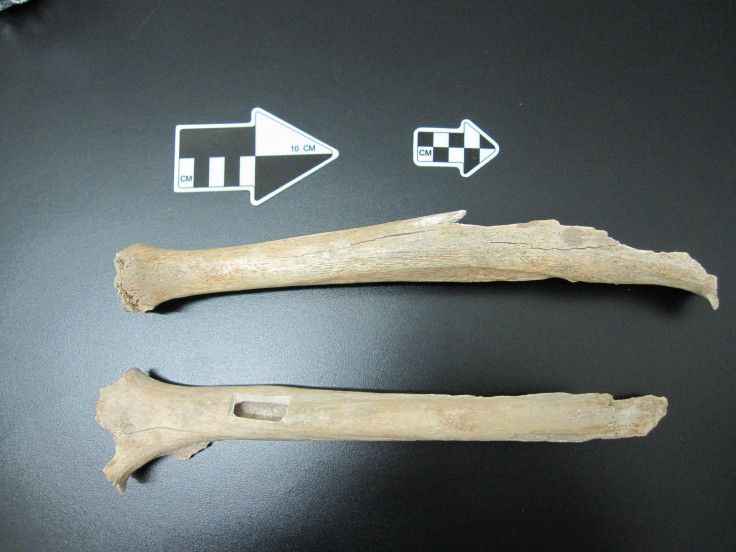Stone Age Human Fossil Reveals Evolutionary Origins of Modern Asians

A DNA analysis of a 40,000-year-old human skeleton dug up in China has revealed genetic clues to the Stone Age evolution, according to a new study.
After analyzing the genetic material extracted from the ancient leg bone found in a cave near Beijing, scientists were able to link some of the earliest modern humans to settle in China to the people living in the region today.
The findings published Jan. 21 in the journal PNAS revealed that the person the leg bone belonged to was related to the ancestors of present-day Asians and Native Americans.
Researchers Qiaomei Fu and Svante Pääbo, evolutionary geneticists at the Max Planck Institute for Evolutionary Anthropology in Leipzig, Germany explained that the ancient DNA from cell nuclei (nuclear DNA) and maternally inherited mitochondria showed that the individual belonged to a population that eventually gave rise to many modern Asians and Native Americans. Researchers explained that the analysis revealed that this individual had already separated from the ancestors of present-day Europeans.
Researchers said that the partial skeleton uncovered in Tianyuan Cave outside of Beijing in 2003 contains roughly the same small proportions of Neandertal and Denisovan genes as present-day Asians do.
"This individual lived during an important evolutionary transition when early modern humans, who shared certain features with earlier forms such as Neanderthals, were replacing Neanderthals and Denisovans, who later became extinct," Pääbo said in a statement.
Recent research suggests that early modern humans living in the Stone Age interbred with ancient human species like the Neanderthals and Denisovans as they roamed from Africa to settle in different parts of the world.
Scientists believe that Homo sapiens were quickly replacing the Neanderthals and Denisovans around 40,000 years ago, and that studying the genes of people living at this important crossover period could provide insight into when and how often this cross-species interbreeding took place.



























